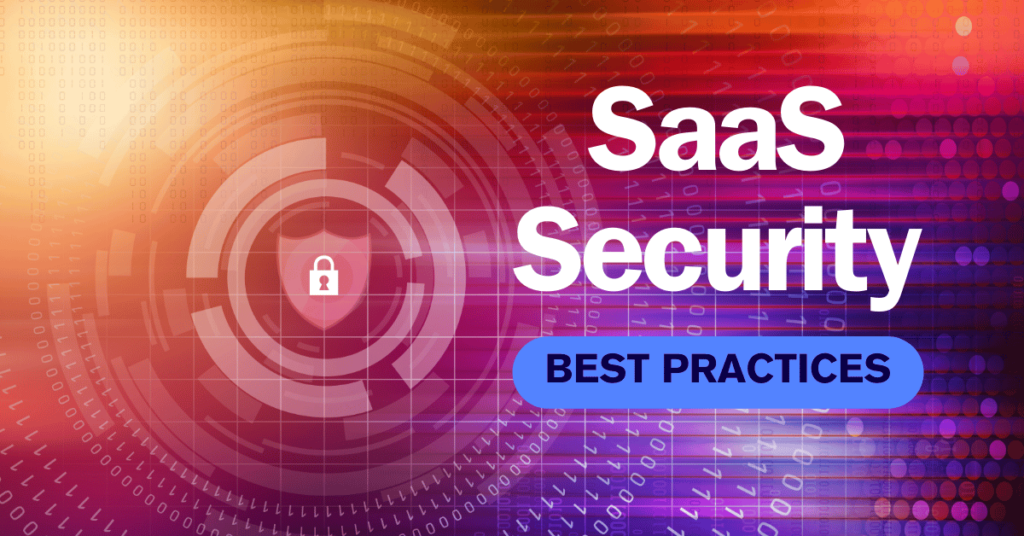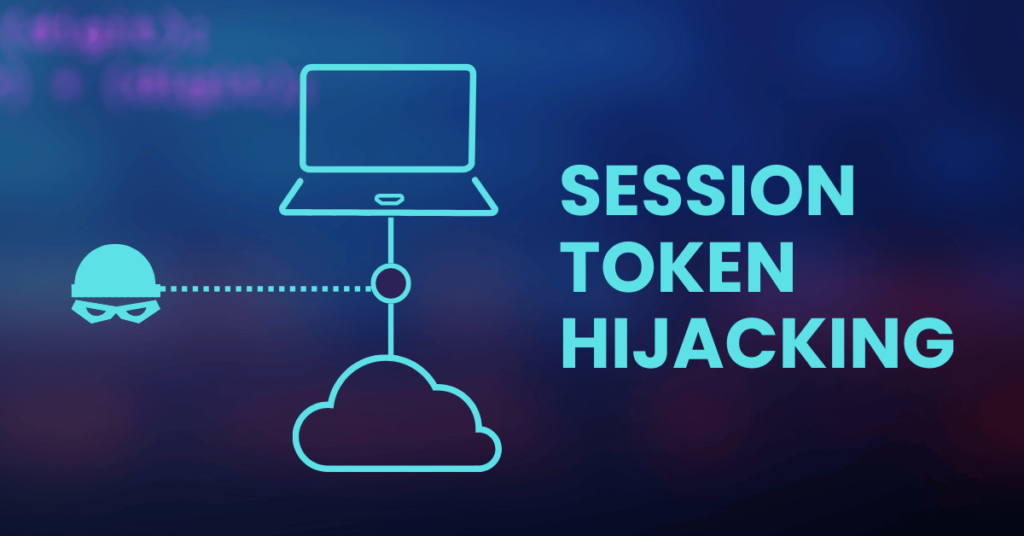How MSPs Can Mitigate and Reduce Alert Fatigue
SOS: How MSPs Can Navigate Alert Fatigue
Imagine sailing the digital seas, protecting your clients from cyberstorms of data breaches. But wait, what’s that constant ringing of alarm bells and flashing beacons? It’s the high tides of alert fatigue
, drowning the efficiency of your cybersecurity efforts. In this blog, we will navigate the turbulent waters of alert fatigue (sometimes referred to as alarm fatigue) and discover how to steer your ship to effective incident response.
What Is Alert Fatigue in Cybersecurity?
Alert fatigue, or notification fatigue, arises when the number of cybersecurity alerts overwhelms the team’s capacity to respond effectively. A Forrester survey found that an average security operations team receives about 11,000 security alarms per day. Because of the sheer volume of alerts, security teams are unable to address a large number of the notifications.
IDC estimates that companies of all sizes ignore cybersecurity alerts to different extents. For example, firms with 1500-4999 employees ignore three out of ten alerts.
Top Reasons for Alarm Fatigue in Cybersecurity
False Positives
According to Orca, 43% of IT professionals found four out of ten alerts to be false positives. As defined by the National Institute of Standards and Technology (NIST), false positives are alerts that incorrectly indicate the presence of a vulnerability. These false alarms occur when a security system identifies a legitimate activity as a potential threat.
The three primary reasons for false positives are:
- Inadequate configurationof security tools may generate alerts for non-threatening activities due to overly sensitive settings.
- Alerts initiated due to temporary system glitches can lead users to believe there is a problem when, in fact, the system is functioning correctly.
- Security tools relying on outdated threat signatures may misidentify new and legitimate software as malicious.
Low Severity Alerts
True positive alerts of minor importance distract MSPs from events that genuinely warrant immediate attention. For instance, an organization with a strict “no downloads” policy might report alerts for benign activities like downloading a spreadsheet for access offline during a flight.
Lack of Context
Alerts that lack context or detailed information about the nature and potential impact are difficult to assess. If an alert simply states “Unauthorized access detected” without information about the user or the system accessed, it can delay incident response as additional time is required to gather the missing details.
Complex Alerts
Highly technical alerts that require deep expertise to interpret lead to fatigue among less experienced analysts. Consider a cybersecurity alert that involves complex network logs and advanced threat indicators. Analysts with limited experience may not possess the knowledge to assess these complicated alerts, resulting in prolonged analysis times and potential misinterpretation.
Communication Gap
A significant reason for alert fatigue is the lack of information exchange between MSPs and clients. For example, if a client fails to inform the MSP about a recent reconfiguration involving IP addresses and routing paths, the MSP will receive alerts without proper context. These alerts waste effort in investigating a harmless change.
How Does Notification Fatigue Impact MSPs?
The five critical impacts of security alert overload on MSPs are:
- Reduced effectiveness: A report by Forrester revealed that two-thirds of IT teams ignore lower-priority alerts. This selective response can result in missing or dismissing actual threats, allowing attackers to exploit vulnerabilities.
- Burnout: The constant stream of information security alerts can give rise to exhaustion among MSP employees, taking a toll on morale and productivity.
- Inaccurate prioritization: MSP teams might struggle to understand which cybersecurity alerts should they remediate first. Urgent threats may be mixed up with routine events, leading to inefficient allocation of resources.
- Client dissatisfaction: MSPs serve multiple clients, and if security alert fatigue causes delayed or inadequate response times, it can erode client trust and satisfaction. Negative reviews or word-of-mouth from dissatisfied clients can have long-lasting consequences.
- Missed business opportunities: Focusing on false or low-priority security alerts can divert MSPs from exploring new business opportunities and limit their growth potential.
How to Combat Alert Fatigue
To mitigate the impact of alarm fatigue, you should:
Establish Thresholds to Prioritize Alerts
Security systems are configured with predefined thresholds or rules that determine what triggers an alert. These thresholds are set based on criteria like:
- Number of failed login attempts
- Type of network traffic
- Severity of an event
By setting thresholds and prioritizing alerts, security teams focus on the most critical alerts first. For example, a failed login attempt from an unknown IP address might be considered a low-severity event. In contrast, an actual breach attempt with multiple suspicious activities would be considered high severity.
According to our 2023 SaaS Application Security Insights (SASI) Report, out of the 970 million activities last year, 97% were low-severity events. This data underscores the prevalence of lower-priority activities compared to medium and high-severity incidents that demand immediate attention.
Low-severity alerts are generally reviewed later or automatically handled by the system. This approach ensures that security teams respond swiftly to genuine threats, reducing the risk of breaches or damage to IT assets.
Optimize and Integrate Your Security Stack
Using a bunch of security tools without integration is like having a chorus of sirens – lots of noise with no real harmony. Overuse of cybersecurity devices results in duplicate alerts, additional work for staff and no added IT safety benefit.
To optimize your security tech stack, you can begin by evaluating the capabilities, strengths and weaknesses of the deployed tools. This approach will help to identify tools with overlapping functionalities that lead to alert duplication and increased complexity.
Ensuring that your security tools are integrated and can communicate with each other enables a more holistic view of your IT environment and helps correlate alerts from different sources.
Implementing an Incident Response Plan
MSPs can proactively address alert fatigue by implementing an incident response plan that has a structured framework for handling security incidents.
The plan typically includes criteria for prioritizing incidents based on their severity and impact. This approach helps analysts focus on the most critical incidents and avoid being overwhelmed by less urgent alerts. When alerts trigger an incident response, security analysts don’t have to make ad-hoc decisions, reducing stress and uncertainty.
Use Automated Correlation and Remediation
Automated correlation involves employing automated systems and algorithms to analyze multiple cyber threat alerts simultaneously. These systems identify patterns and connections among alerts to reduce the overall alarms that security analysts need to investigate.
You can employ automation for remediation, allowing predefined responses to be executed automatically for certain alerts. For example, an automated response can prevent known malware from spreading and reduce the manual workload on your MSP business.
Pro-tip: While automation and technology are crucial in managing alerts, effective communication and proactive client engagement are equally vital.
Respond with SaaS Alerts and Cut Through Noisy Alerts
With SaaS Alerts, you get continuous monitoring of unusual behavior as well as automatic termination of malicious activities. Our Respond module helps MSPs to:
- Take automated action on information security alerts based on customized rules and policies.
- Automatically block sign-in in case of a compromised Microsoft 365 account and expire all logins.
- Change user passwords and require multi-factor authentication (MFA) on the next login if accounts are compromised.
- Create customizable rules to monitor one or more organizations for at least one security event.
- Fine tune the monitoring of SaaS applications to effectively eliminate “noise” and dramatically reduce alert fatigue.
Partner with SaaS Alerts to unlock the power of streamlined alert management by prioritizing alerts based on severity and automating remediation.
Request a demo to learn how SaaS Alerts can be your trusted partner in the battle against alert fatigue.







